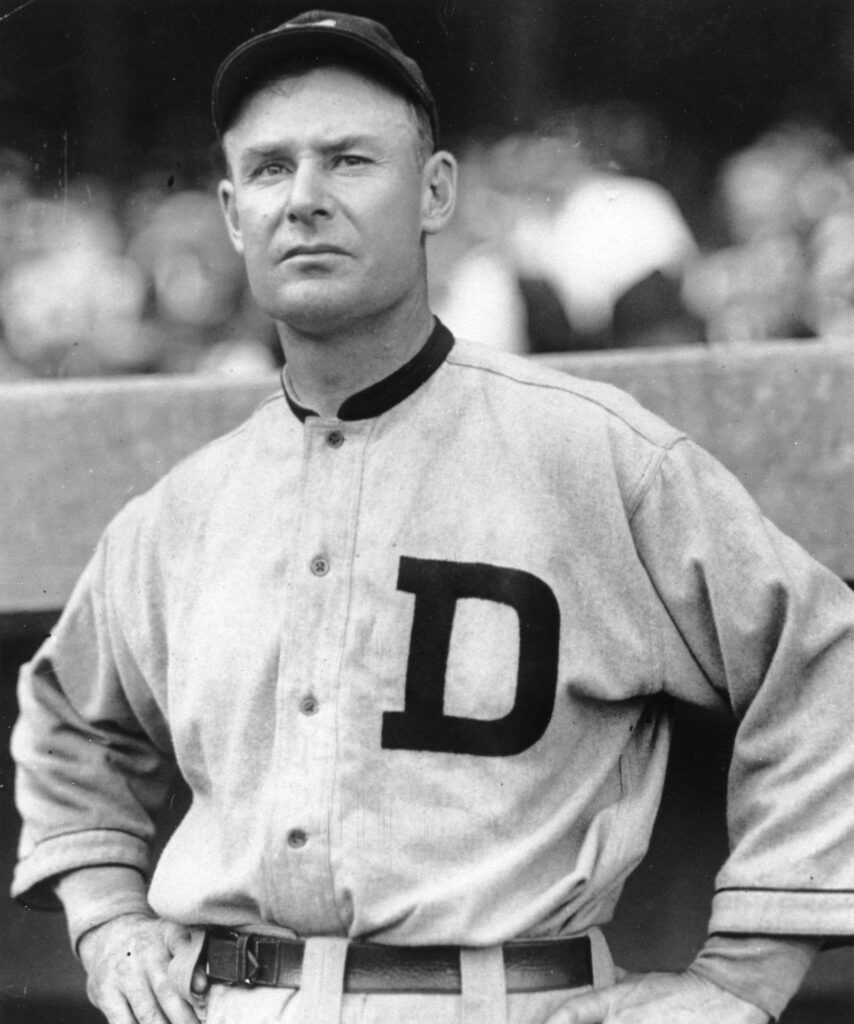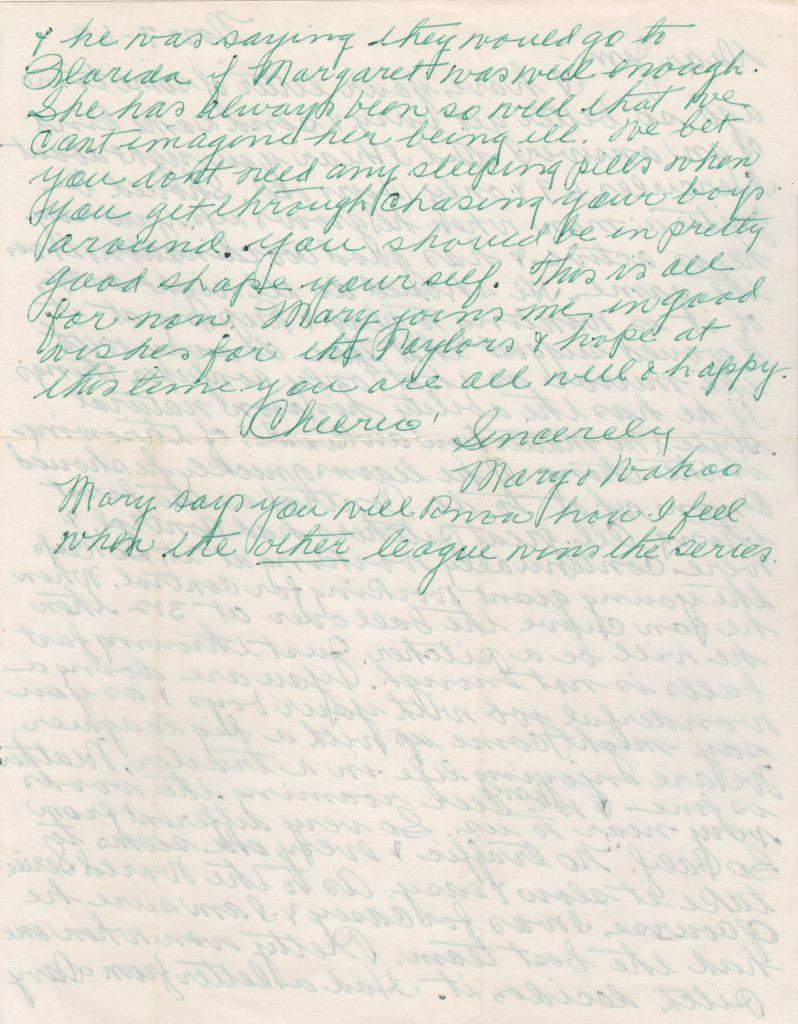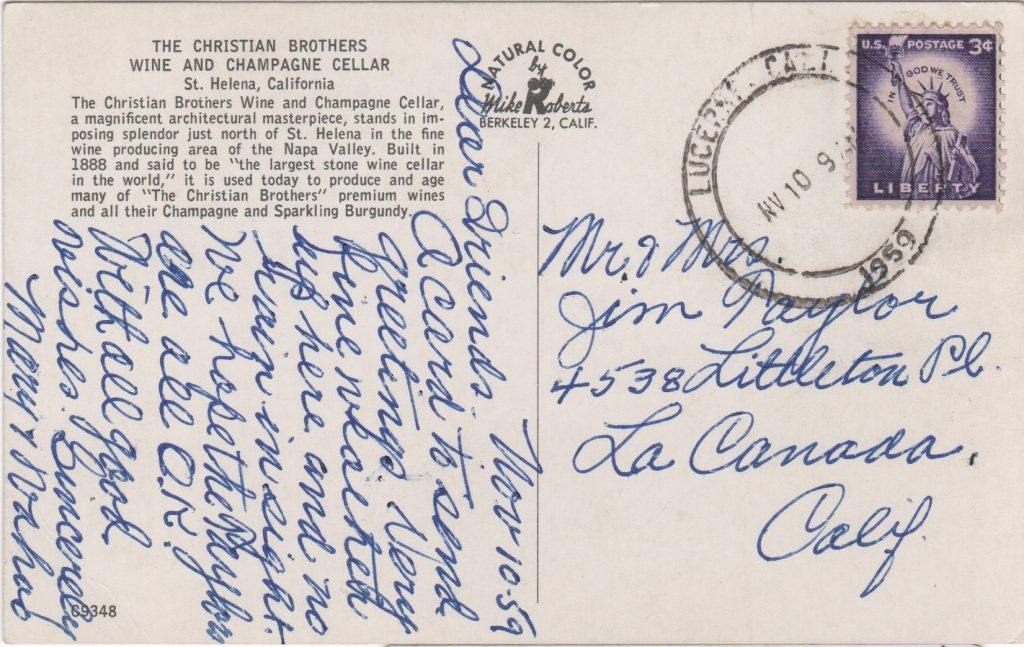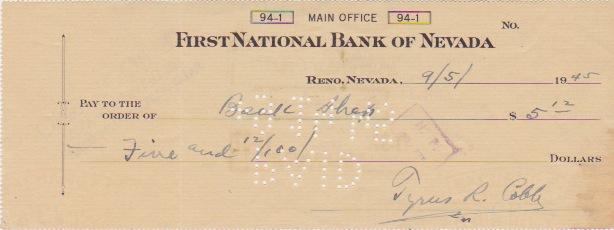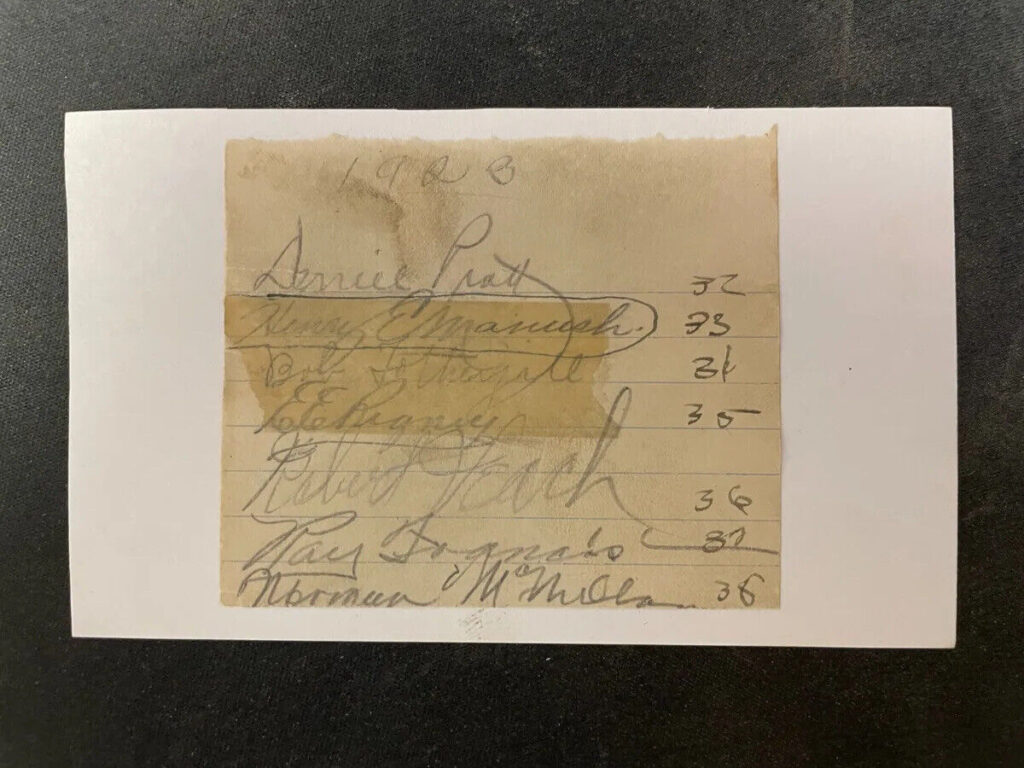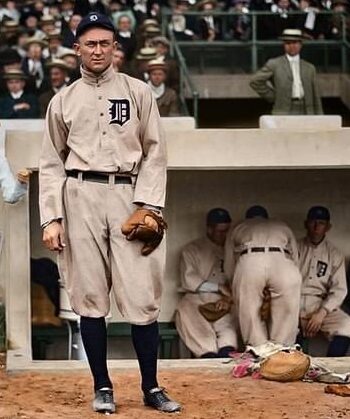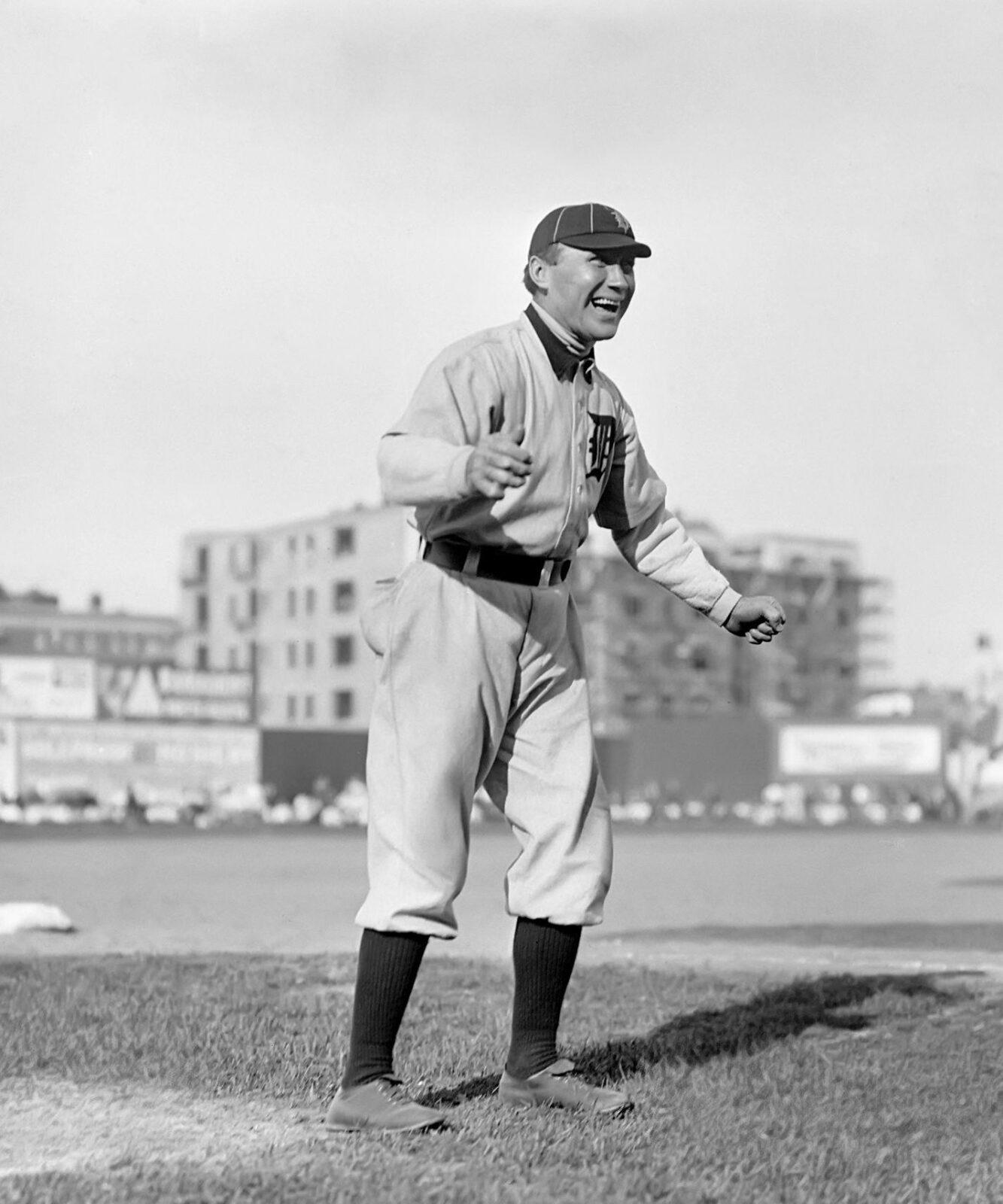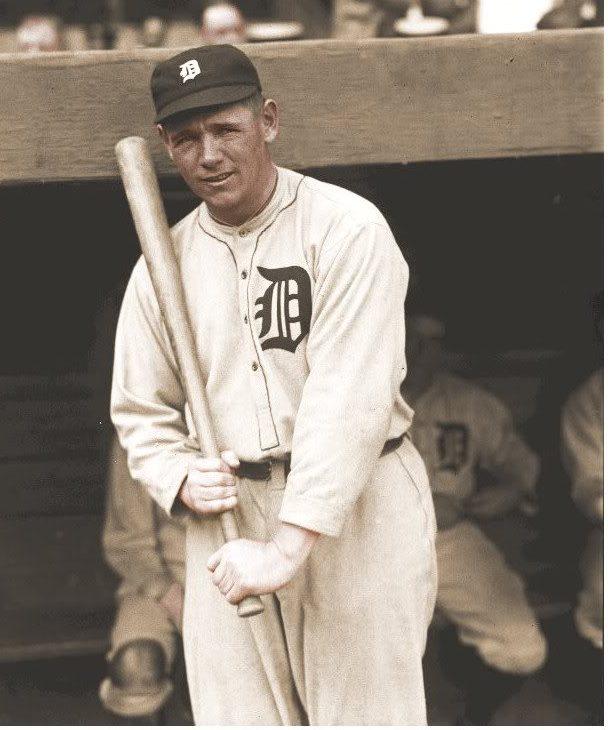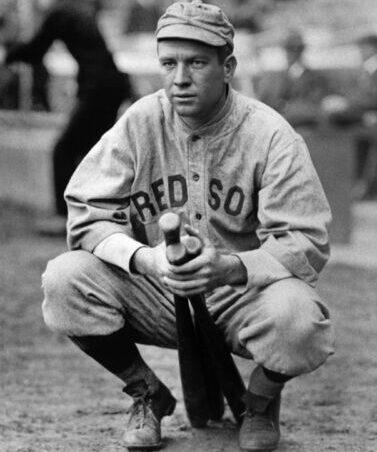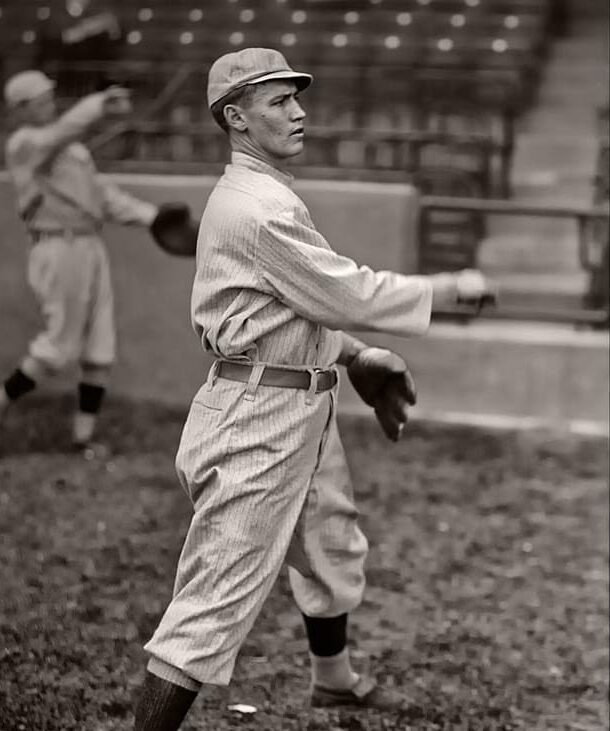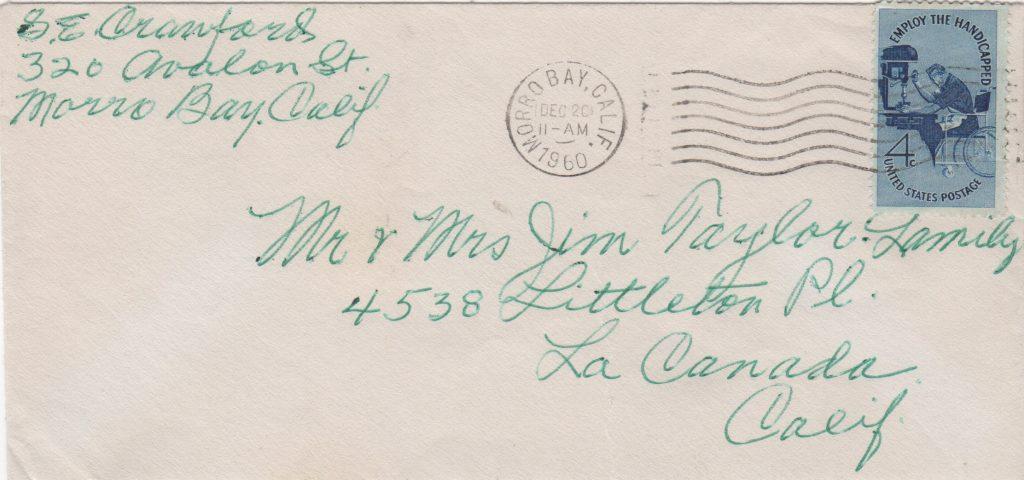
Sam Crawford’s 1899 debut was unusual to say the least. Playing for the Cincinnati Reds, the 19-year old’s first day in the big leagues featured a doubleheader against two different teams.
He played four years in the Queen City leading the league in homers in 1901 and triples in 1902. Before the ’03 season Crawford jumped to the Tigers. In Detroit he found lasting fame.
From 1905-1917 Crawford manned right field while Ty Cobb roamed in center. In 1912 left fielder Bobby Veach joined the Motor City outfield. Together the three of them formed one of the greatest outfields in baseball history.
Crawford posted double-digit triple numbers in each of the 17 seasons in which he played at least 100 games. The league leader in three-base hits six times, Crawford retired with 309 triples to set the still-standing all-time record.
A solid run-producer, Crawford drove in at least 100 runs six times to finish with 1,523 career runs batted in. He also tallied 458 triples. Record keeping at the time was largely incomplete. Crawford left the game with 2,961 hits, unaware of his proximity to the 3,000 mark.
Crawford’s counting numbers, are augmented by his 144 OPS+ and his 75.3 WAR. He was elected to the Hall of Fame in 1957.
Longtime autograph collector Jim Taylor received correspondence from many of the game’s greatest stars. His son Jeff had boundless enthusiasm for his father’s collection and spurred others to collect as well.
Shown here is an envelope addressed to Jim Taylor of La Canada, California with a 1960 postmark. Sam Crawford has neatly signed his name in the return address portion.
